Clifford and Ethel Wade
I’m kicking off writing in our new family history narrative by writing about two members who were very memorable. Here is a Wade family photo with Ethel and Clifford in the middle. This is probably in the early 1930’s. The Wade connection to Hockett’s is that Louie Wade married Dr. CT Hockett.
Wade Family (who is the child peaking out?)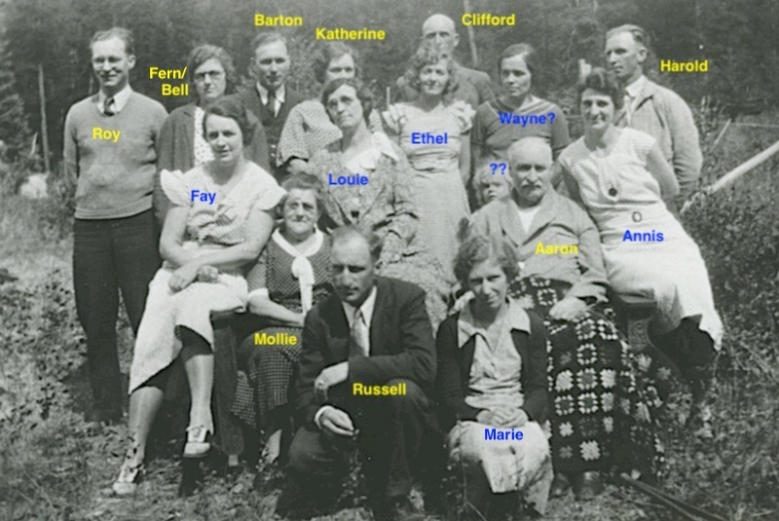
As you can see it was a large family. This photo was taken after Aaron Wade had had a stroke. I never met Clifford but did meet Ethel a couple of times so this narrative is based on documents not first person knowledge. Ethel and Clifford are married in 1920, but there are many stories before to cover.
The first newspaper article happens on the fourth of July 1903 when Clifford is fifteen years old. He is out in a boat on Wallowa Lake with six men when it tips over. Clifford swims to shore, one man drowns and the rest are rescued. Obviously a physically strong boy at that age, the Lake is a mile wide.
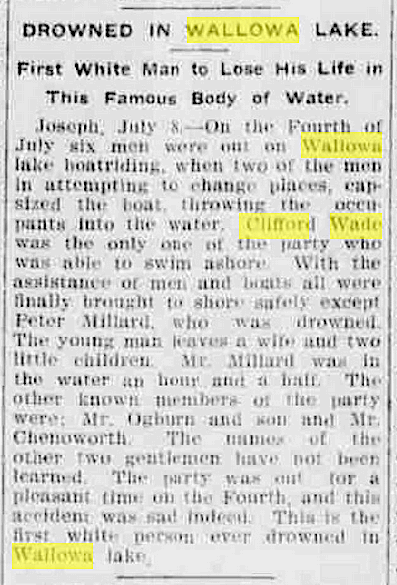
In the clipping below Clifford received a diploma for a bookkeeping class and you have to scratch your head given that he was a born cowboy destined for the open range. It is a good thing he did not take the accounting road in life; we would miss out on some good tales.
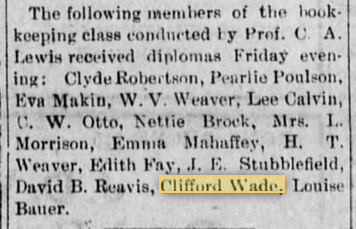
The following clipping is down the cowboy path he ended up taking in life. Here he is helping his dad Aaron move some horses. In the same clipping CT Hockett takes a ride in his car out at the Buttes, which is Northwest of Enterprise about 30 miles. These clippings are basically local gossip columns. Early 20th century Facebook stuff.

Now we start to get to the interesting cowboy stuff about Clifford: the rodeo relay races which Clifford entered every year for several years. Outsiders to Wallowa County should understand that the rodeo in 1912 was a primitive and wild affair compared to rodeos today. However, they were extremely important annual events where you established your reputation as a cowboy. Cliffords expertise on a horse is the subject of this clipping.
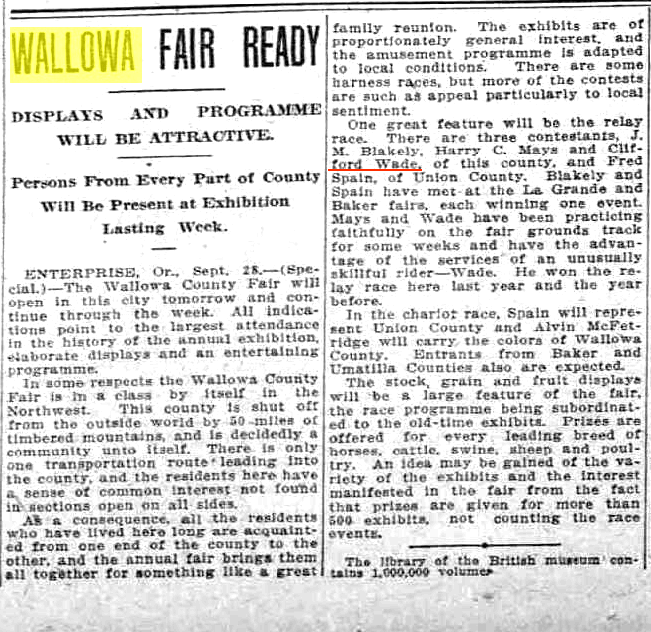
Here is a news clip from the following year, 1913. One would like to have been there, exciting days in an isolated mountain community… Chariot races?
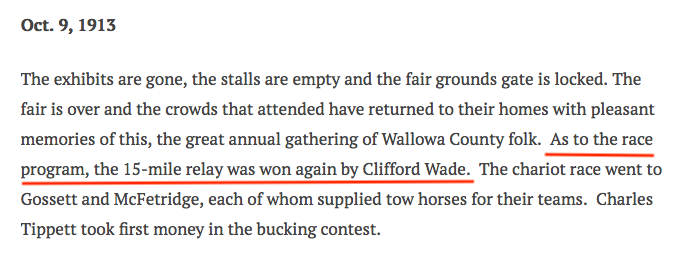
In 1914 Clifford is in the mule business as is recorded here. His father Aaron had several thousand sheep but Clifford seems to prefer horses and mules. Sheep can be a nuisance to take care of.
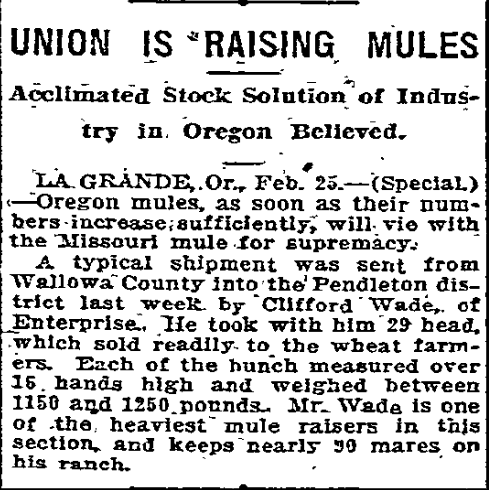
This is an era without tractors, horses and mules do all the work so you notice that he sold the mules to wheat farmers in Pendleton.
In 1917 Clifford receives his draft card for WWI but there is no record of him joining the war.
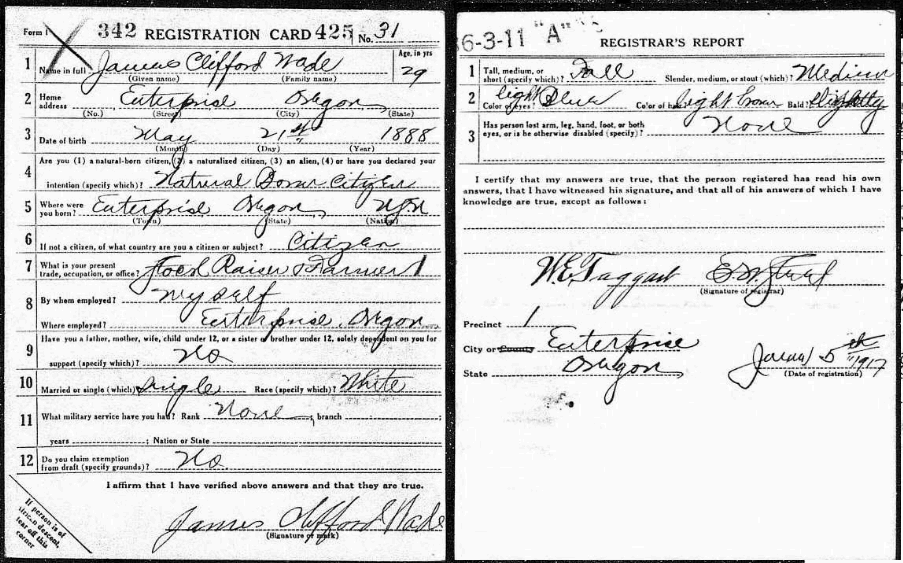
Somewhere in between the 30’s and 50’s Clifford accepts a position running a polo string for a wealthy family. Unfortunately I have not been able to flesh out the details of this period for Clifford. One story has it in Boise, Idaho and another in Southern California.
Clifford was a horseman and spent a lot of time in the saddle. A saddle is just like a pair of shoes… They need to fit and perform or you are always irritated. Aaron Wade had bought a saddle in Deadwood, S.D and after Aaron passed on, Clifford took the saddle to Hamley’s in Pendleton to see about getting it recovered and perhaps improved. Hamley has been in business since 1883 and was a premier leather working establishment in the Northwest and is now owned by the Umatilla Indians and still operates.
Original Wade Tree
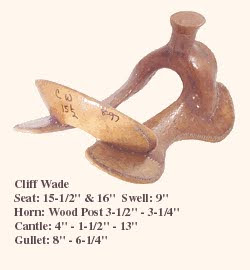
Updated Wade Tree
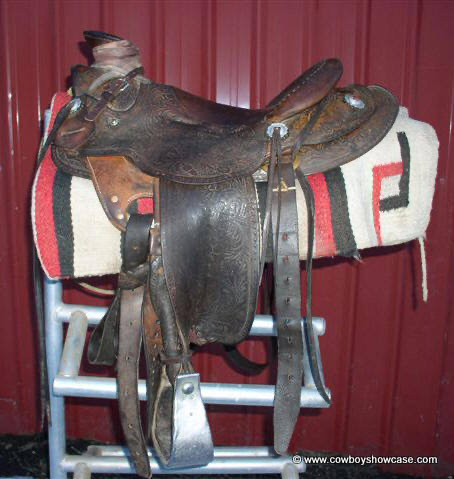
Tom Dorrance, a neighbor of Clifford’s (whose son Skip was my brother Clyde’s best friend) was one of the original Horse Whisperers (see Wikipedia) and Tom began working with Hamley on how to improve the saddle. These improvements resulted in what is now called The Wade Tree in the saddlery profession as follows:
“This saddle sets lower than others with a prominent lip in the front and a larger horn allowing the cowboy to rope, dally, then slow the cow down by letting their rope slide, dally again, then use the lip to snap their rope under the stretched rope, which would keep their dallies tight. They could then get off and work their cow by themselves. These cowboys used a long rawhide braided reata, the larger diameter horn also saved many reatas from breaking. The saddle sitting lower over the horse’s withers causes less stress on the horse’s back. The bars were wider for more surface area against the horse so the saddle stayed in place better, and didn’t need to be cinched as tight. More rock in the bars conformed better to the horse’s back, spreading the rider’s weight out.”
After the 1920’s the newspaper clippings become less frequent about Clifford, so let’s turn to Ethel. Ethel was born in 1898 to Elizabeth and Sam Banister and she marries William Bauer in 1914 and has one child, Max Conrad Bauer (who will show up later in this story). By 1920 Ethel is divorced and still living in Enterprise and in May of that same year she and Clifford get married. Ethel does not generate any newspaper articles but is well remembered around the County and her marriage to Clifford is troublesome.
Ethel was a high fashion person. In a rural cow-country culture Ethel would get dressed up like you would to attend a fancy urban wedding and go shopping downtown. In the mid-50s I remember she liked striking hats and colorful dresses, and she drove a nearly spotless early 50s DeSoto, painted black.
Ethel’s DeDesoto
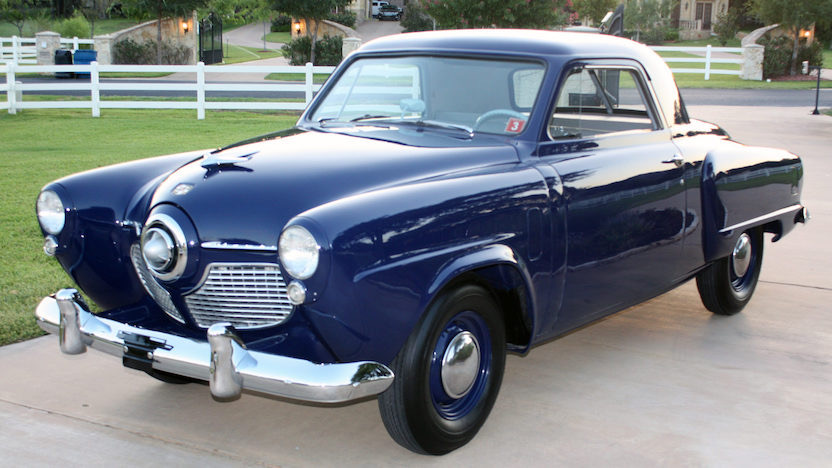
As she drove down main street folks would pause and heads would turn.
By the 1970’s there is a good eye witness about Ethel and Clifford, Rich Wandschneider, who moved to Enterprise in 1971 and for several years ran the Bookloft Book Store and is now the librarian at the Nez Perce Josephy Center and communicates about various issues in the County.
Bookloft Bookstore, Enterprise
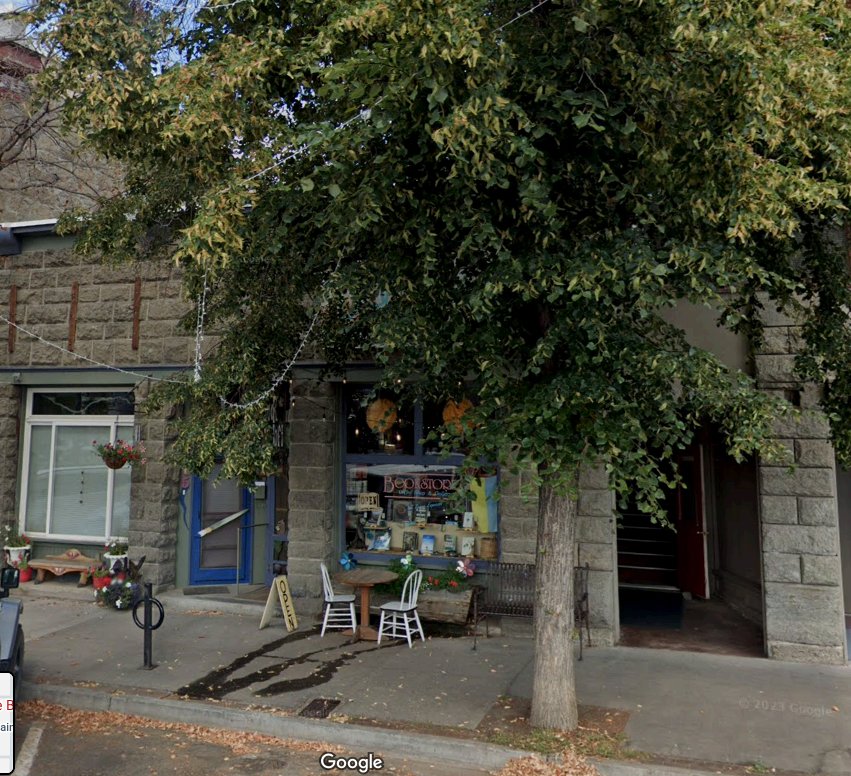
Here is a quote from a letter Rich wrote me about Clifford, Ethel, Max (her son), and a suitor to Ethel named Art Harsin.
“After the divorce (from William Bauer), Ethel took up with Clifford Wade, apparently the dashing and leading horseman in the country. They had a ranch in the Buttes, and at some point took in a young Art Harsin as a boarder–i think as he was going to high school. Art and Ethel then began an affair and the cuckolded Clifford left for Boise and the polo circuit.”
Many years pass for Clifford and Ethel, and then this from Rich about the 1970’s …..
“Art Harsin (the teenage lover of Ethel) was the ag loan officer at the Bank of America when i got here in 1971. I gradually learned that he was also a fine silversmith, and that he lived with Ethel Wade, the eccentric woman with the house with many flowers across from the Enterprise school. Ethel had then–or soon after that, a black Ford Mustang, and drove back and forth to Safeway in it, always with a lot of makeup and a broadbrimmed tasseled hat.”
Now the cuckold Clifford returns from the polo circuit and this from Rich …
“And sometime then Clifford Wade reappeared, walking in front of the bookstore every day, with his cane, big cowboy hat and boots. I don’t remember the sequence of events, but the essence of the story, as told to me by Max (the son), is that his mother, Ethel, was the pampered and beautiful daughter who grew up with music lessons in Walla Walla, and married his father when young. (And divorced) ….And then, however many years later, he (Clifford) returns to the county to live in the basement of the house on the hill–Art and Ethel upstairs…..I know that Max, who was a helluva musician and got a big band jazz group going here in the 80s, liked Clifford, and never condemned his mother. I do remember that at some point–maybe after she died, they sold the Mustang, which had 6000 miles on it! “
Rich goes on to say that there was another threesome living together and everyone in the County accepted it and minded their own business. Both Clifford and Ethel lived until 1986 having lived an eventful life.
And that is the story of one of our Wade ancestors, at least the story we know through archive material. However, I would love to set in front of the campfire and hear Clifford and Ethel tell it (or argue it) in their own words!